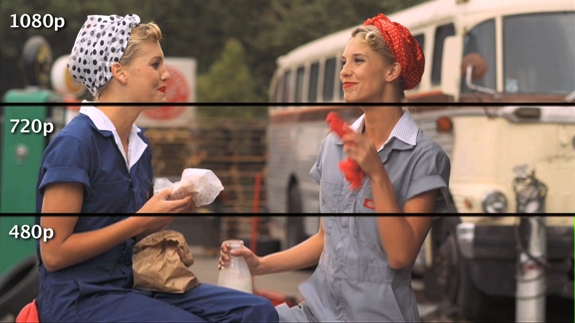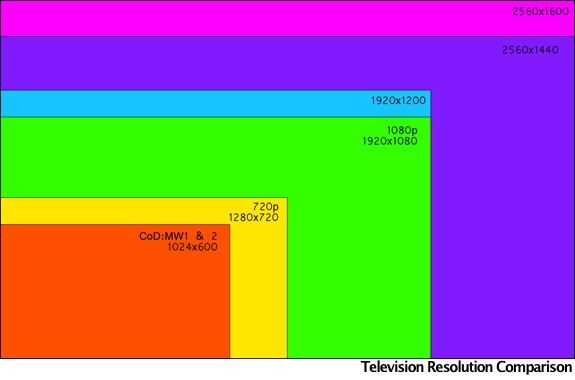Is 1080p the Highest Resolution?

SPOT MORE COOL STUFF:
HDTV
| All Tech & Gadget Reviews
Sometimes terms are tossed around a lot with little explanation as to what they actually mean. This is no different for video quality. One term you have probably heard is “1080p.” This is a term used to describe high-definition video resolution, and it is often referred to as the highest resolution for home video.
However, this still doesn’t explain much. To help, here is an explanation of what 1080p is and whether or not it is actually the highest resolution possible.
However, this still doesn’t explain much. To help, here is an explanation of what 1080p is and whether or not it is actually the highest resolution possible.
There’s two parts in the term 1080p. These are “1080″ and “p.” They both stand for separate things. The 1080 refers to the pixel count. This is the number of pixels that can produce different colors from the bottom to top of any part of an HD presentation.
However, this is only the number of pixels stacked on top of each other. HD picture that has the aspect ratio of 16 by 9, also known as “anamorphic widescreen,” also has 1920 pixels across each part of that widescreen picture horizontally. In total, this means that HD video actually consists of 2,073,600 pixels of picture information.
The “p” in the term stands for progressive. This distinguishes it from 1080i. The “i” in “1080i” stands for interlaced. This probably causes some confusion. For example, there are Direct tv packages that offer 1080i picture quality and more expensive ones that offer 1080p.
“Progressive” means that picture information is produced in one pass from top to bottom. This picture is “refreshed” 60 times per second. On the other hand, interlaced picture quality is produced in two separate passes. The first pass only produces every other pixel of picture quality. The second pass produces the rest. This process takes twice as long as 1080p.
This is why 1080p is considered superior to 1080i. The longer process in 1080i can produce things like flickering and blurring when objects move quickly on the screen. 1080p does not have these issues.
So, is there a resolution higher than 1080p? The answer is really yes and no.
More detailed resolutions do in fact exist. 35mm film, which is what movies were traditionally filmed with, includes more information than 1080p picture. Film negatives are routinely scanned at resolutions known as 2k, 4k, 6k, and 8k. Many movies are also filmed digitally at these resolutions as well.
2k is superior to 1080p, but only slightly. 2k also only has 1080 pixels from top to bottom vertically. However, it has 2048 pixels horizontally, edging out 1080p’s 1920 pixels. While the difference isn’t remarkable, the clear winner here is 2k picture quality.
4k, however, blows 1080p out of the water with picture quality that can go as high as 4096 by 3112 pixels. 6k and 8k are also much, much higher.
The answer to the question is also no, because nothing higher than 1080p is currently available to consumers. Due to the infrastructure that went into the recent switch to 1080i and 1080p, it is also very doubtful that higher resolutions will take over the home video or TV markets anytime soon.
PURCHASE HD TV SETS | JOIN US ON TWITTER / FACEBOOK |
Related posts:
Mitsubishi’s 92-inch (!) 3D HDTV Set
VOIP Showdown: MagicJack vs. Skype vs. Vonage
Best Options for a New MacBook Pro: i5 vs i7, HDD vs SSD, 8GB vs 4GB RAM
1080p vs 720p

|
|
PURCHASE HD TV SETS | JOIN US ON TWITTER / FACEBOOK
























